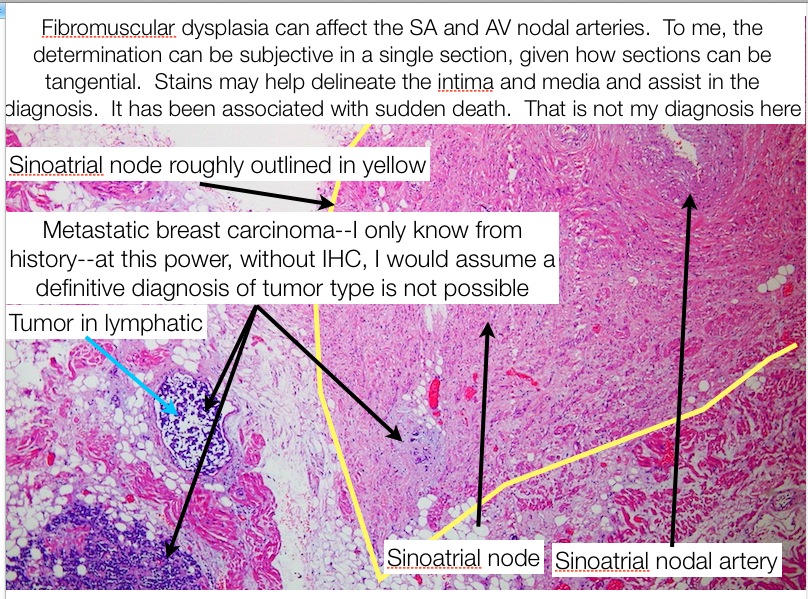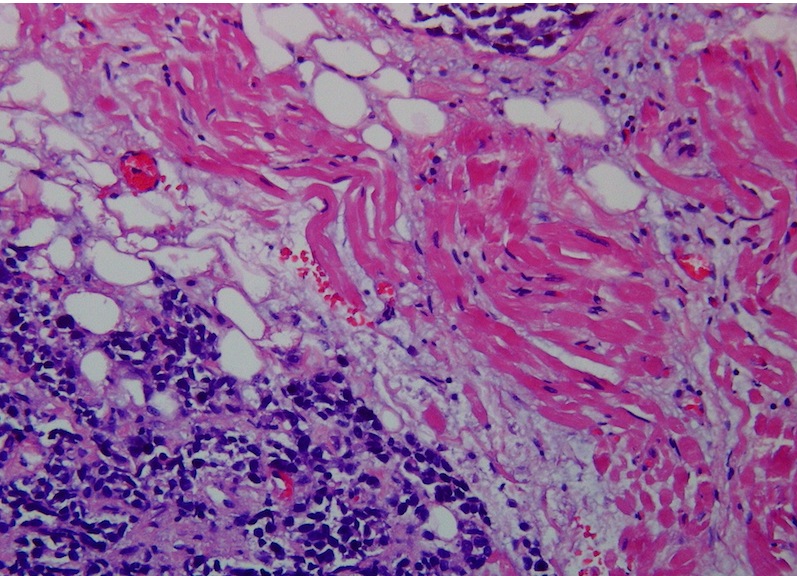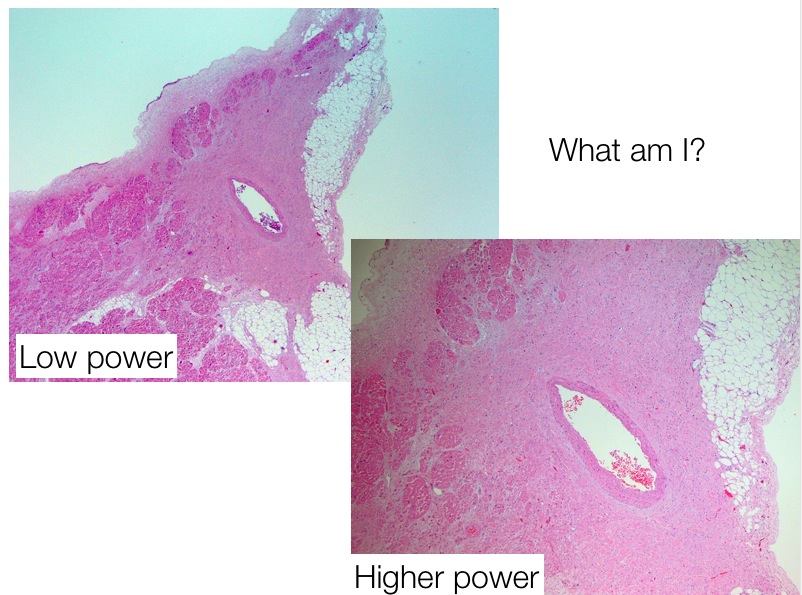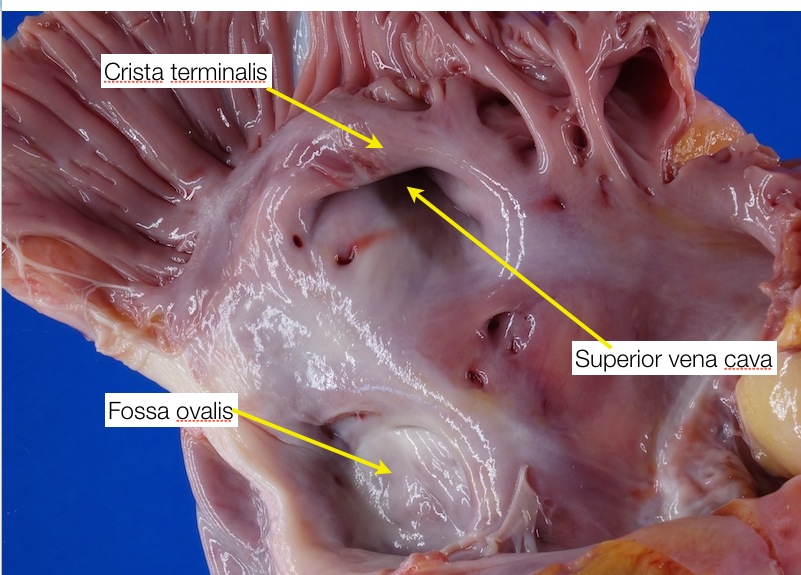For medical students #medstudent
I was asked to contribute some ideas for how to look at microscopic images & determine what you are looking at.
What follows are my ideas-not necessarily in any given order. ** is important to me
#tweetorial
1/11
"Stop by my office and I will show you" won't work so here is my advice
2/11
True for many things in medicine other than just gross & micro. images-I think students don't pay close enough attention when something is normal-but, how can you spot abnormal if you don't know normal? Pay attention to normal!
3/11
I think students memorize 1 image & think they can identify disease process-in my opinion, they memorize picture itself & not how to identify disease process. For each image, review what to look for (ie, from book description) & find it.
4/11
webpath.med.utah.edu
webpathology.com
pathology.med.umich.edu/slides/
virtualpathology.leeds.ac.uk
5/11
When you are reviewing an image with a figure legend, look at the image without reviewing the legend. Figure out what it is then look. It is too easy to look at the figure legend and say, "Oh, yes, I know what that is."
6/11
When you are reviewing unknown, 1st: what is organ, 2nd: is it normal or abnormal, 3rd: if it is abnormal, what is abnormal about it. Don't expect just to know answers immediately-ask yourself questions about image & work through it.
7/11
Ask your self what you see (if you cannot outright identify the disease process), I think you can have a better chance of figuring a slide out this way-some of your thoughts might trigger an understanding.
8/11
High pwr is great for counting mitotic figures & finding viral inclusions (and a few other things). Low & medium pwr is great for appreciating patterns. At high pwr, you can get lost in detail. I make most my diagnoses at 5x, 10x, & 20x.
9/11
Simple examples
Neutrophils & lymphocytes-be able to identify them. Presence of one or the other often makes big difference
Glands most often have central space rimmed by cells.
10/11
If I can think of anything else, or if @BennettEmpty @AdenaZadourian have any questions/comments, let me know. I hope that helps some.
11/11








